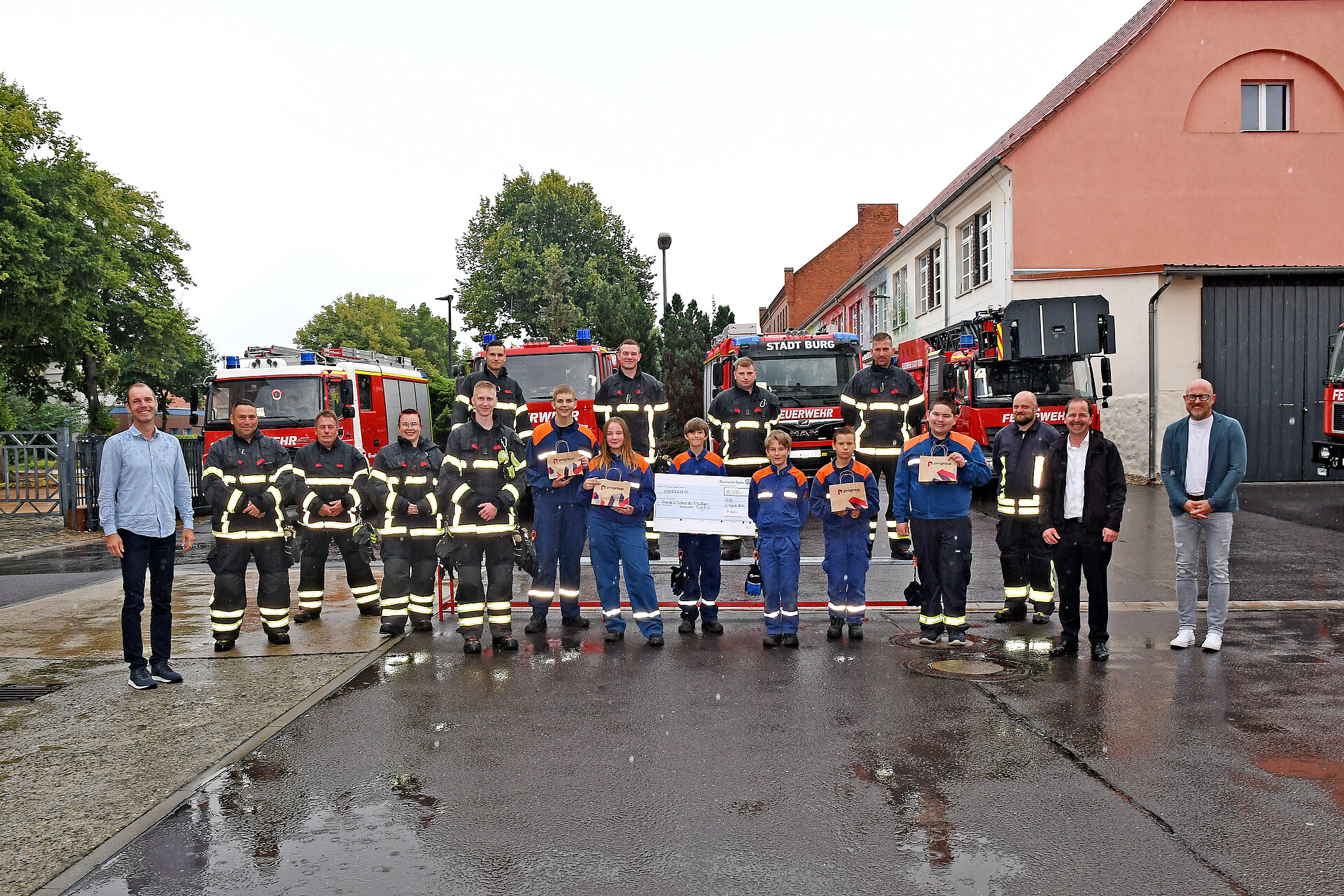ASSURER L'AVENIR, AGIR DURABLEMENT
![[Translate to French:] Nachhaltigkeit bei Progroup [Translate to French:] Nachhaltigkeit bei Progroup](/fileadmin/startseite/Nachhaltigkeit/Website_Header__2_.png)
![[Translate to French:] Nachhaltigkeit bei Progroup [Translate to French:] Nachhaltigkeit bei Progroup](/fileadmin/startseite/Nachhaltigkeit/Website_Header__2_.png)

Sur nos 20 sites d'Europe centrale, nous ne faisons pas que créer des postes modernes et durables en notre qualité d'employeur attractif : nous assumons aussi des responsabilités sociales. Nous participons à la vie publique et à des projets qui servent le bien commun. Sur le plan social, nous nous engageons activement pour l'éducation et la formation des jeunes. Afin de renforcer la force économique des régions, nous travaillons de préférence avec les entreprises artisanales les plus proches de nos lieux d'implantation.
![[Translate to French:] Ressourcenschonung bei der Papierherstellung [Translate to French:] Ressourcenschonung bei der Papierherstellung](/fileadmin/_processed_/2/b/csm_Ploessberg_26Sept2018_A710051_cs-neu_f45105c652.jpg)
En ces temps de changement climatique et de crise énergétique, il convient une fois de plus de faire attention à nos ressources. Cette idée se reflète également dans nos papiers pour ondulé et nos formats de carton ondulé. Les produits Next Generation spécialement développés sont non seulement très légers mais aussi très performants et fabriqués dans le plus grand respect de l'environnement.
![[Translate to French:] Progroup Papierfabrik in Sandersdorf-Brehna [Translate to French:] Progroup Papierfabrik in Sandersdorf-Brehna](/fileadmin/_processed_/e/0/csm_progroup_2020-08-24_jensschlueter_2126_463d941efb.jpg)
Afin de produire de la manière la plus efficace et la plus respectueuse des ressources, nous misons sur des machines high-tech innovantes sur tous nos sites. À Sandersdorf-Brehna, nous avons par exemple construit l'une des usines de papier les plus modernes au monde, la PM3. Une installation intégrée de traitement de l'eau en circuit fermé réduit l'utilisation d'eau fraîche de 80%. L'installation nettoie l'eau de processus afin qu'elle puisse être réutilisée et produit en même temps du biogaz.
En savoir plus